Francis Crick, the renowned biologist, was often seen as the cerebral half of the iconic duo that cracked the code of DNA's double helix structure. But beyond his groundbreaking work in molecular biology, Crick's life was a complex tapestry of curiosity, creativity, and a deep fascination with the workings of the human brain. In his magisterial biography, "Crick: A Mind in Motion from DNA to the Brain," Matthew Cobb delves into the lesser-known aspects of Crick's life, revealing a man who was not only a brilliant scientist but also a seeker of truth and a pioneer in the field of neuroscience.
Crick's journey to fame began during World War II, when he served in the British Admiralty, conducting research into naval mines. This experience not only honed his analytical skills but also instilled in him a sense of purpose and a desire to make a meaningful contribution to society. After the war, Crick turned his attention to molecular biology, where he met James Watson, with whom he would later share the Nobel Prize for the discovery of the double helix structure of DNA.
However, as Cobb's biography reveals, Crick's thinking and writing transcended the double helix breakthrough, revolutionizing molecular biology and paving the way for future discoveries in the field. Crick's work on the structure of DNA was not just a scientific achievement but also a testament to his boundless curiosity and creativity. He was a true polymath, with a deep interest in philosophy, psychology, and neuroscience, which he believed held the key to understanding the human brain and its many mysteries.
One of the most fascinating aspects of Crick's life is his work on the concept of consciousness. In his later years, Crick became increasingly fascinated with the nature of consciousness, which he believed was the ultimate frontier of scientific inquiry. He argued that consciousness was not just a product of brain activity but a fundamental aspect of the universe, akin to space and time. This idea, which he outlined in his book "The Astonishing Hypothesis," challenged the conventional view of consciousness as a byproduct of brain function and sparked a new wave of research in the field.
Cobb's biography provides a nuanced and insightful account of Crick's life and work, shedding light on the human elements that drove his scientific pursuits. As Cobb notes, "Crick was a man of immense curiosity and creativity, who was driven by a desire to understand the world around him. He was a true pioneer, who pushed the boundaries of scientific knowledge and inspired generations of scientists to follow in his footsteps."
In recent years, the study of consciousness has gained significant traction, with researchers using advanced techniques such as functional magnetic resonance imaging (fMRI) and electroencephalography (EEG) to study the neural correlates of consciousness. The development of artificial intelligence (AI) has also opened up new avenues for research, with AI systems being used to simulate conscious behavior and explore the limits of machine consciousness.
As we continue to explore the mysteries of the human brain and the nature of consciousness, Crick's legacy serves as a powerful reminder of the importance of curiosity, creativity, and a willingness to challenge conventional wisdom. As Cobb notes, "Crick's work reminds us that science is not just about discovering new facts but also about exploring the deeper questions of existence and the human condition."
In conclusion, Francis Crick's life and work offer a compelling reminder of the power of human curiosity and creativity to drive scientific progress. As we look to the future, it is clear that the study of consciousness and the human brain will continue to be a major area of research, with significant implications for our understanding of the world and our place within it. By embracing the complexity and uncertainty of the human experience, we may yet uncover new insights into the nature of reality and the human condition.
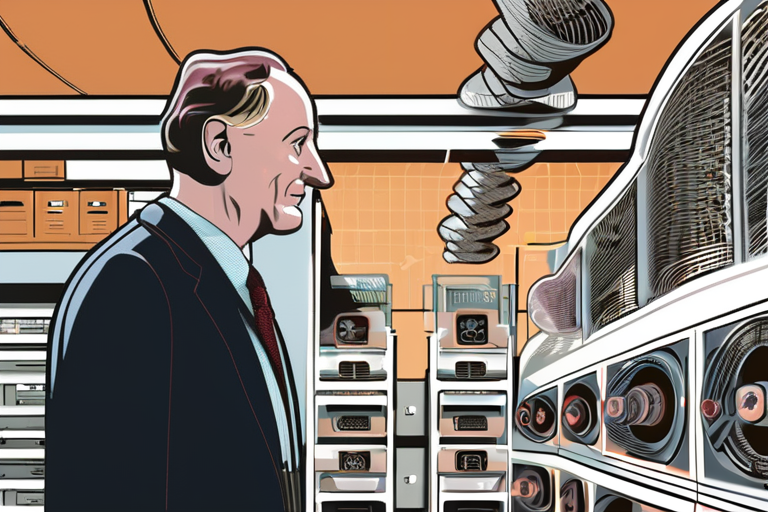










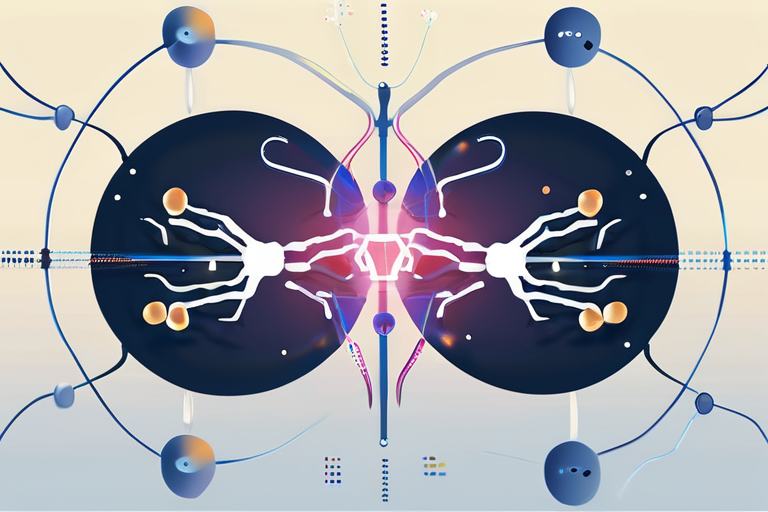
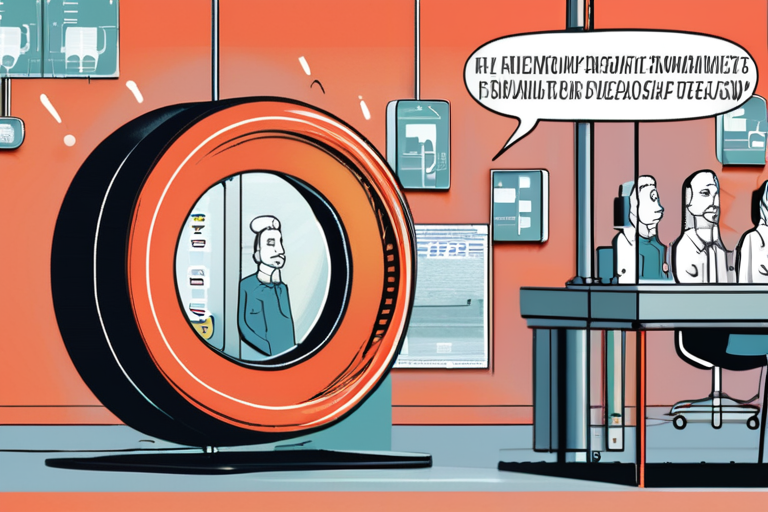

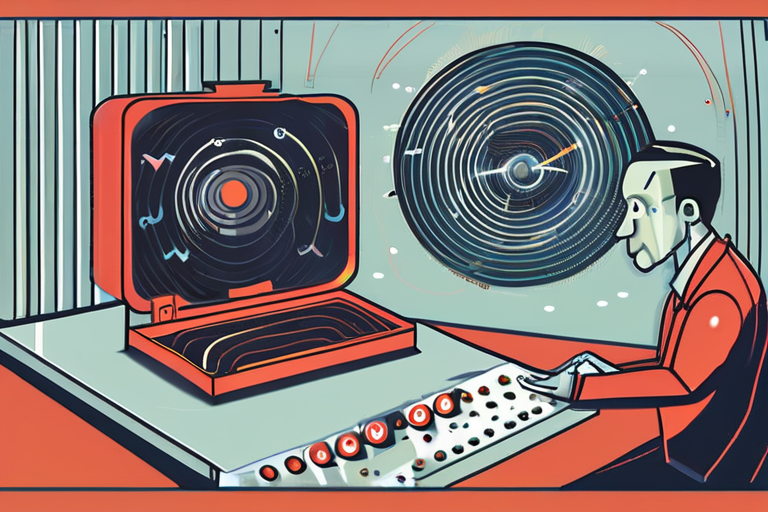
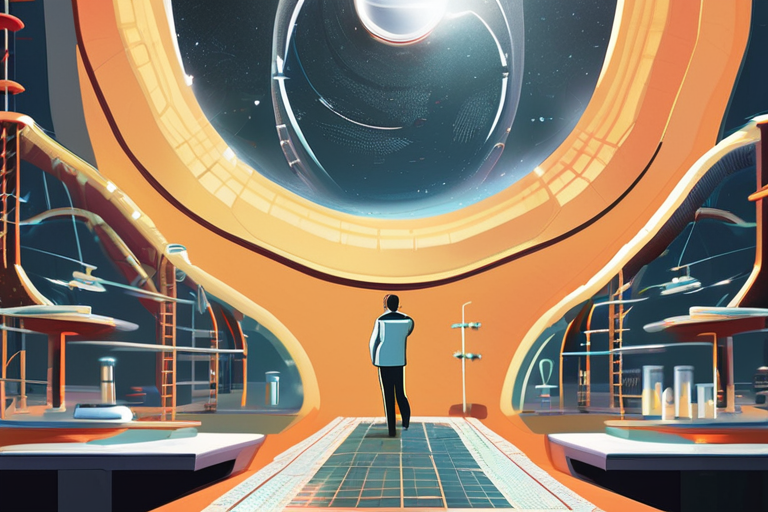
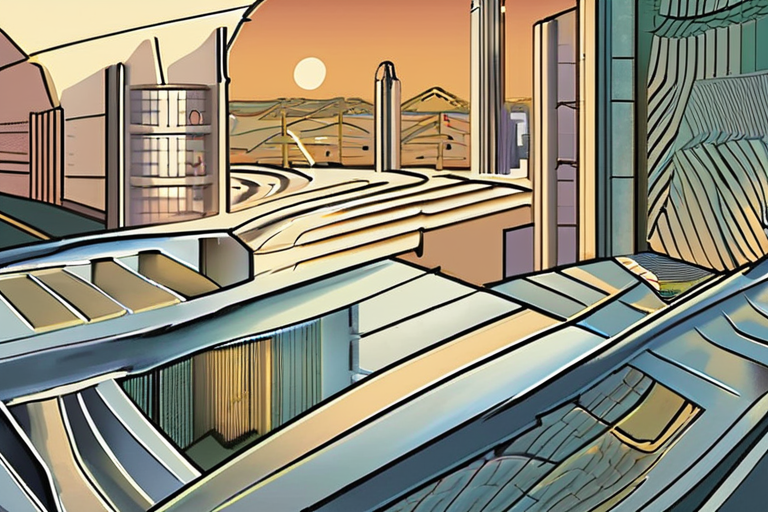

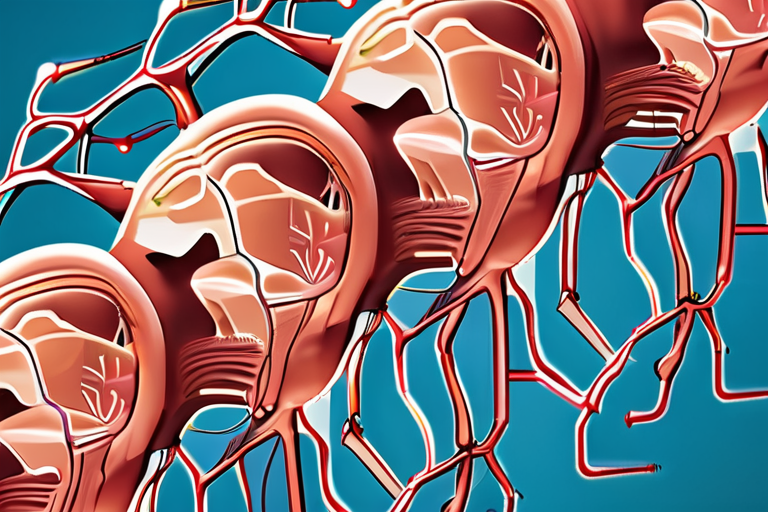
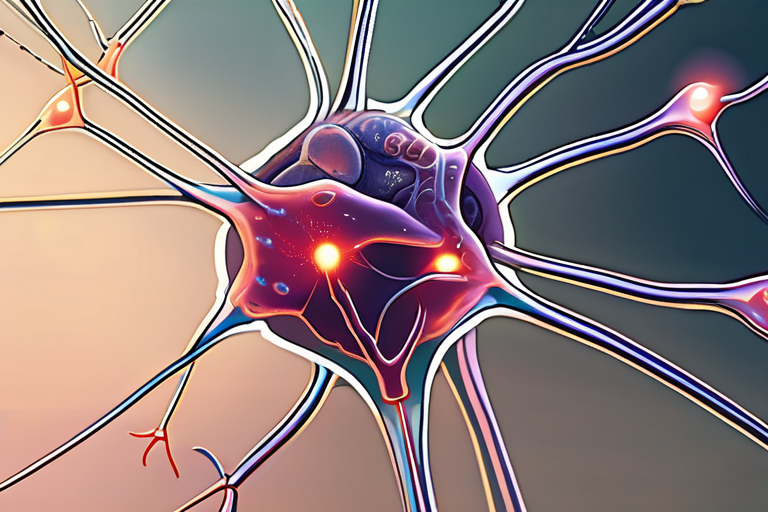
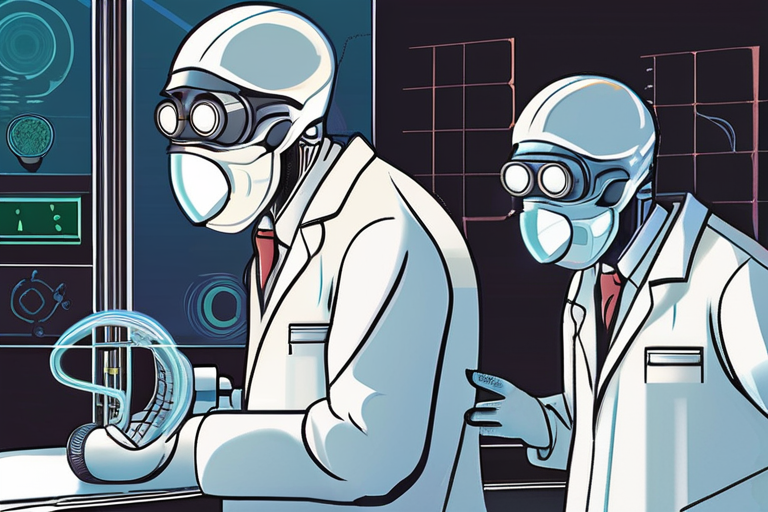


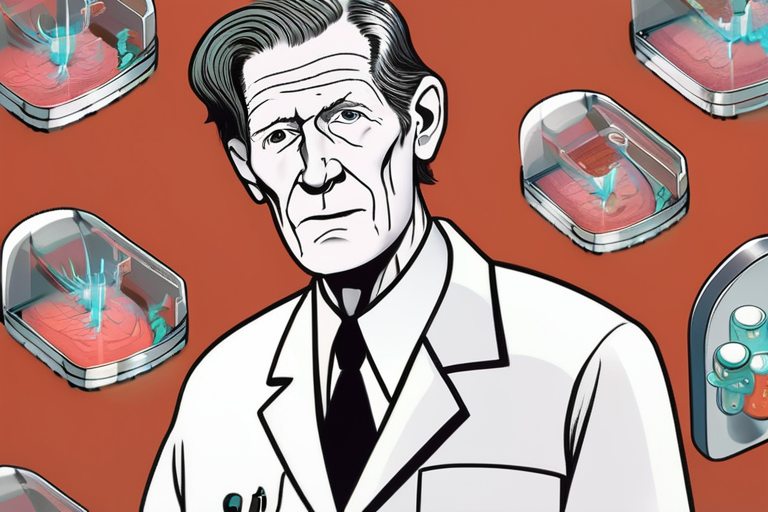

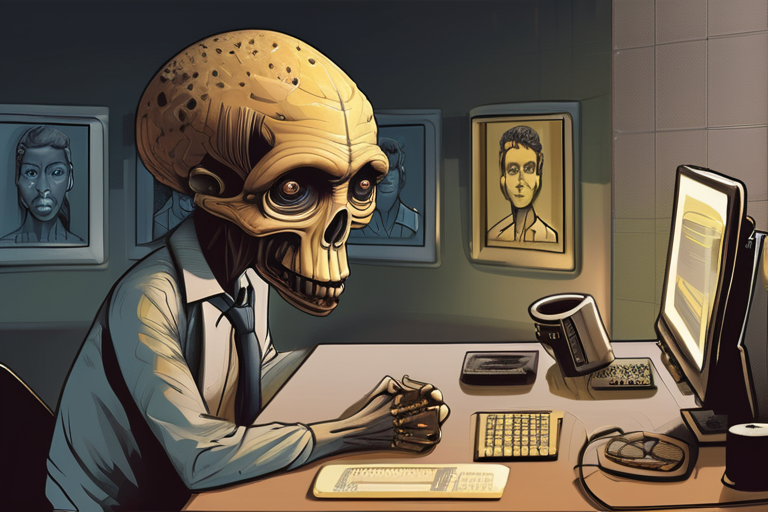
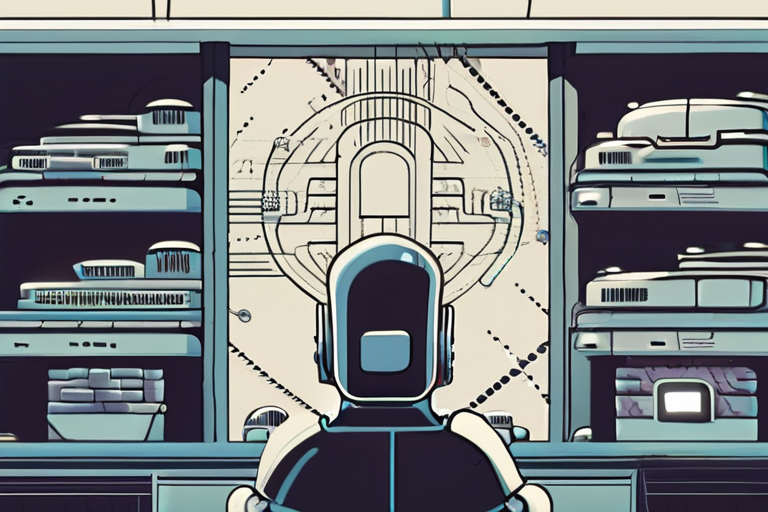
Share & Engage Share
Share this article